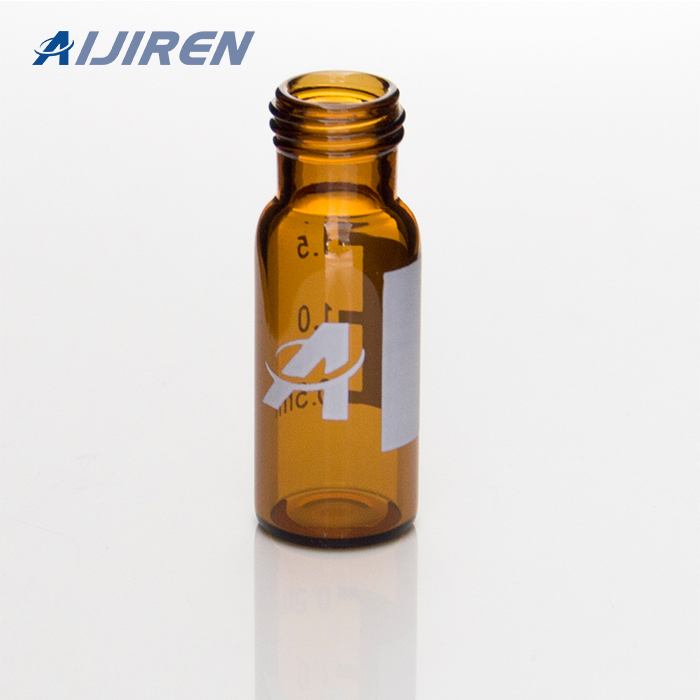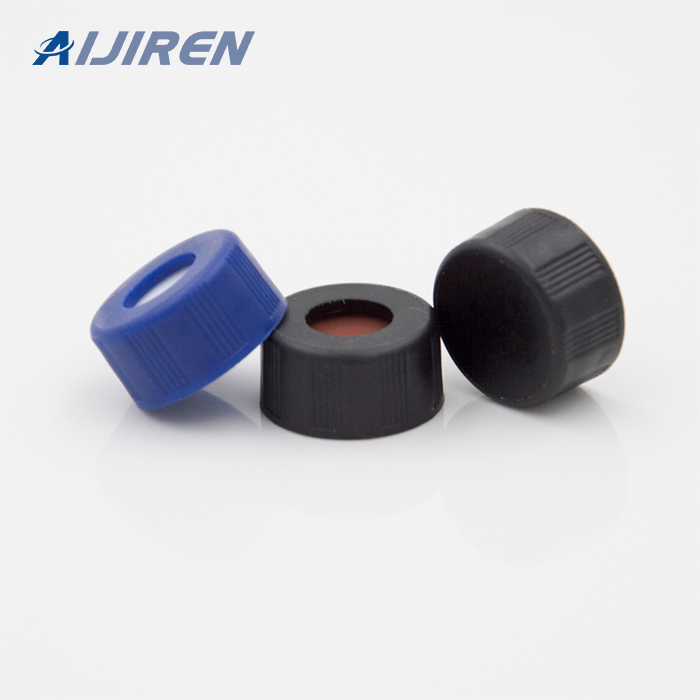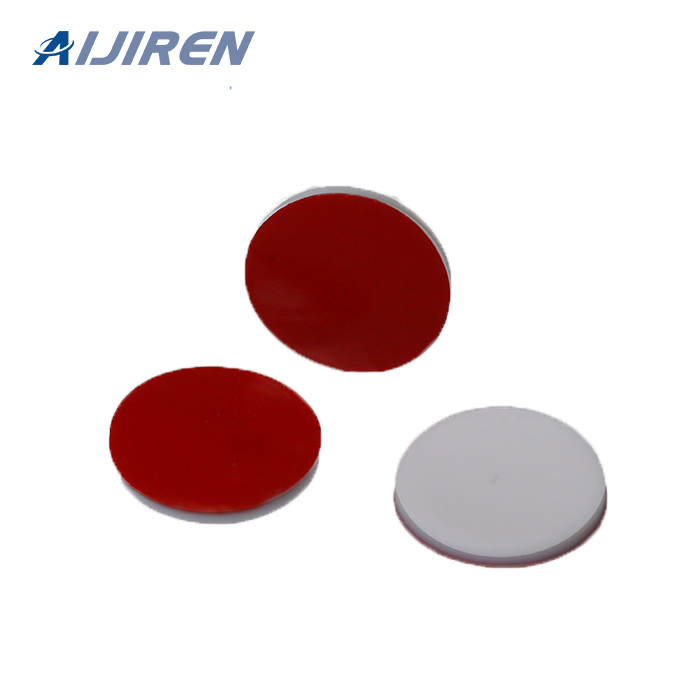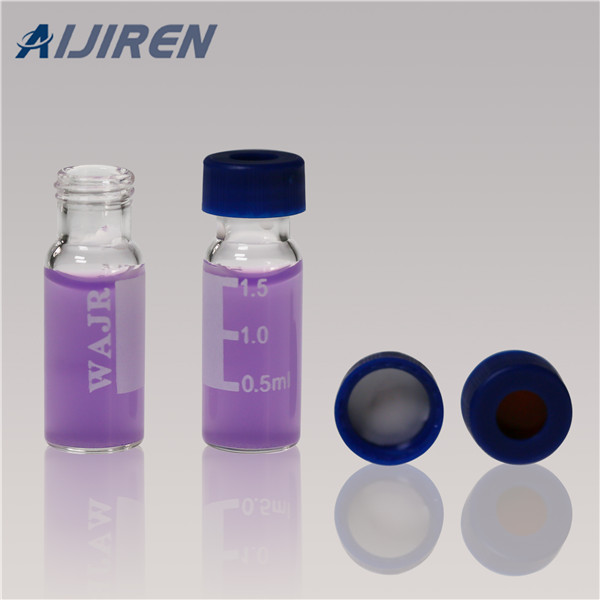



When it comes to flexibility, ease of use and sensitivity, one family of gas chromatography (GC) systems stands apart: Clarus. Our family of GC instruments delivers the performance you need, day after day, and is compatible with virtually all sample introduction systems, including our world-class TurboMatrix, Headspace, and Thermal Desorption.
1 mL = 9 mm, 2.5 mL = 11 mm, 5 mL = 14 mm, 10 mL = 18 mm, 25 mL = 27 mm, 50 mL = 32.8 mm, 100 mL = 40.8 mm. Scale Length. 1 – 25 mL = 60 mm, 50 mL = 84.2 mm, 100 mL = 104 mm. Thread in Plunger
Microvolume inserts are sold in both glass and polyproylene materials. Polypropylene inserts are recommended for pH-sensitive samples, greater solvent compatibility, biological samples, and ionic samples becasue of the material′s inertness.
Several styles are offered including flat bottom, concial inserts with a top spring or a bottom spring, and concial without springs.
•Normal flow rates in HPLC are in the 1- to 2-mL/min range. •Typical pumps can reach pressures in the range of 6000-9000 psi (400- to 600-bar). • During the chromatographic experiment, a pump can deliver a constant mobile phase composition
Apr 27, 2020 · What Is HPLC GRADE. A substance is said to be of HPLC grade if it specifically designed for HPLC analysis and has the highest levels of purity. HPLC grade water. This is water which is devoid of even fine particles and is filtered using 0.02-micron filter paper.
2 1/2 shelves Kimwipe® dispenser (4 1/2” x 8 1/2” wipes) makes it easy to pull each tissue Compact size Provides convenient access to wash bottles, waste beakers, buffers, stir bars, KCl solution, pipets and more. Constructed of rigid PVC plastic. Dimensions: 13”
Analysis of Trihalomethanes: and Related Pentane-Extractable ... None
After analyzing the sample by gas chromatography, show the chromatogram produced to an instructor before carrying out the analysis on the GC-MS. The same sample used for GC analysis should be the one used for GC-MS analysis. Only inject 0.2 to 0.5 mL of the CH 2 Cl 2 solution. See the ends of the sections on gas chromatography and mass
Temperature was maintained during extraction by inserting the cell into a thermostatted tube heater. For non-coupled SFE, the extracted species were collected by inserting the outlet restrictor into a vial containing ca. 2 mL methylene chloride (3,8). GC/FID and GC/MS analyses of these extracts were performed in a normal manner.
The present study aims at developing an analytical methodology which allows correlating sensory poles of chocolate to their chemical characteristics a
The only reference to provide both current and thorough coverage of this important analytical technique Static headspace-gas chromatography (HS-GC) is an indispensable technique for analyzing volatile organic compounds, enabling the analyst to assay a variety of sample matrices while avoiding the costly and time-consuming preparation involved with traditional GC.
Chiral GC analysis was performed with a Trace 1310 gas chromatograph (Thermo Fisher Scientific) equipped with an Astec CHIRALDEX G‐PN capillary GC column (30 m×0.25 mm, 0.12 μm film thickness; Sigma‐Aldrich). Prior to GC analysis, sulfoxide samples in ethyl acetate were appropriately diluted in the same solvent and dried over anhydrous Na
Hplc Vials found in: LC Certified Vial Kits, Autosampler HPLC Vials, 2.0mL, 8-425 Septa, Clear Autosampler HPLC Vials, 2.0mL, SEPARA® Syringeless Filter..
4. Wait till the collected mobile phase reaches 10 ml mark of the volumetric flask and Stop the stopwatch. 5. Record the time required to collect the 10 ml mobile phase in the calibration log. 6. Repeat the procedure for 1.0 ml, 1.5 ml and 2.0 ml/ min. flow rates. 7. Repeat step 3 to 6 but using methanol HPLC grade as mobile phase instead of
They are sold in several sizes, although 2 mL vials are more generally used. Autosampler needle pierces through the cap during injection and withdraws the required aliquots of sample from the vials. Sigma-Aldrich is proud to present plethora of vials for chromatographic applications.